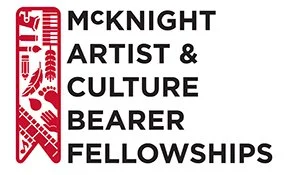What is Sculpture?
Sculpture is one of the oldest and most revered forms of visual art, involving the creation of three-dimensional objects. Artists manipulate materials such as stone, metal, wood, clay, glass, and found objects to give them form and meaning. It is a tactile and spatial art that engages viewers on multiple levels, inviting them to move around and experience the work from different perspectives.
Key Concepts in Sculpture
Several fundamental concepts define sculptural practice:
- Form: The overall shape and structure of the artwork.
- Space: How the sculpture interacts with and occupies the surrounding environment.
- Materiality: The inherent qualities and properties of the chosen medium.
- Technique: The methods used to shape and assemble the materials, such as carving, modeling, casting, or assembling.
A Deeper Dive into Sculptural Processes
Sculptural techniques can be broadly categorized:
- Subtractive Processes: Removing material from a larger mass. Examples include carving stone or wood.
- Additive Processes: Building up material. This includes modeling clay or wax, and welding or assembling metal parts.
- Casting: Creating a mold and pouring molten material (like bronze or plaster) into it.
- Assemblage: Combining disparate objects to create a new whole.
Applications and Evolution
Sculpture has served diverse purposes throughout history, from religious icons and public monuments to abstract expressions and functional design. Modern and contemporary sculpture continues to push boundaries, incorporating new technologies and exploring conceptual ideas. Think of large-scale installations and kinetic sculptures.
Challenges and Misconceptions
A common misconception is that sculpture is solely about representational figures. However, abstract sculpture is equally significant. Another challenge is the perception of scale; sculptures can range from intimate tabletop pieces to monumental outdoor works.
Frequently Asked Questions
- What is the difference between sculpture and statuary? Statuary typically refers to figurative sculptures, often of people or animals.
- What is a common material for outdoor sculptures? Bronze is very common due to its durability and ability to be cast into intricate forms.
- Is modern sculpture always abstract? No, while abstract forms are prevalent, many contemporary sculptors still create representational works or blend both approaches.







